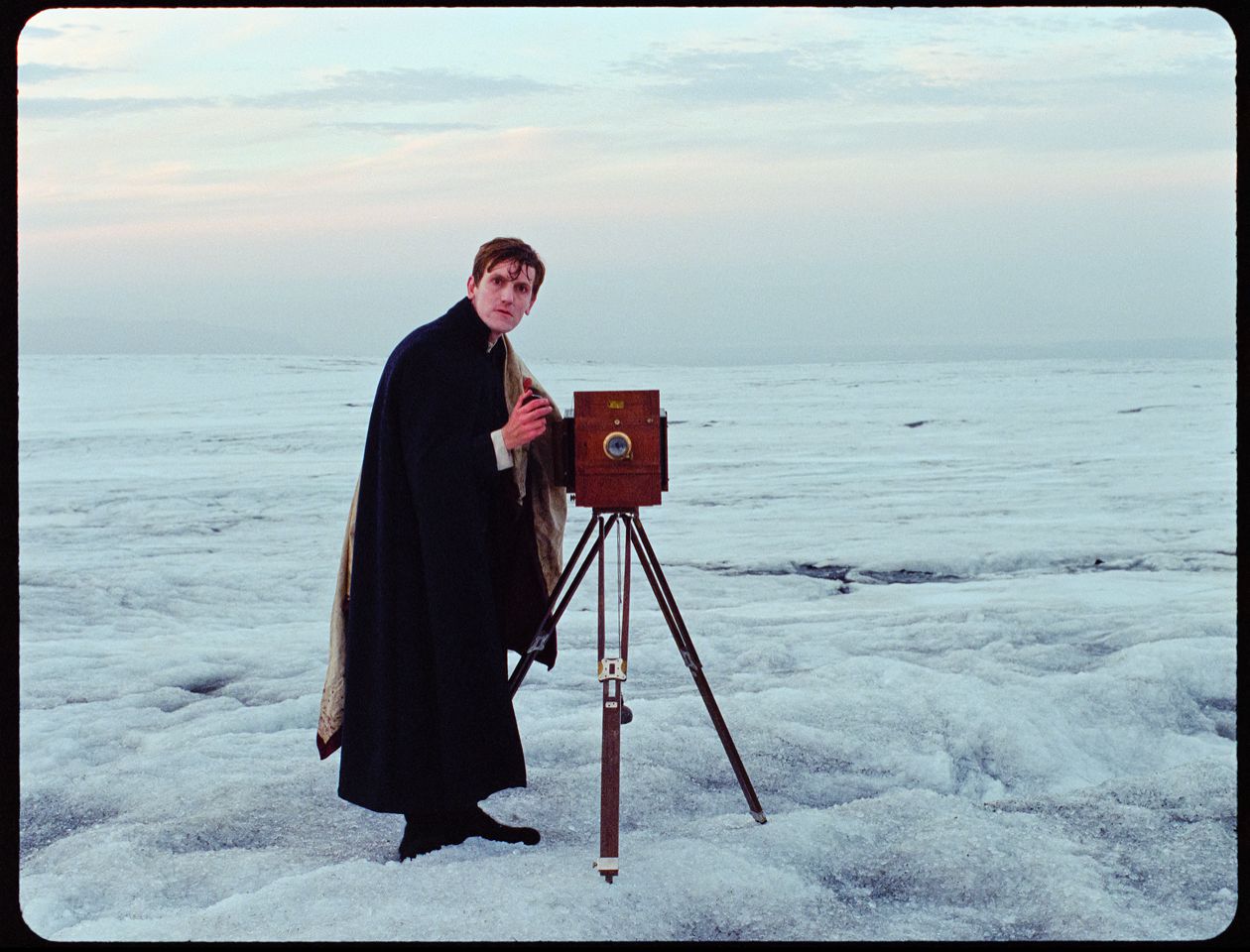Stunningly Beautiful Landscapes on Wet Plate Photographs
in 46th Göteborg International Film Festival
by Beat Glur
Iceland has been an independent state only since 1944. Before that the icy island was for centuries under foreign rule, most of the time it was part of Denmark. While the whole of Europe had been settled for a few thousand years, Iceland remained uninhabited until the late ninth century when Viking explorers discovered it and subsequently Danes and Norwegians slowly moved in seeking new land to farm.
In the late 19th century, the northern European island, covered in ice and volcanic rock, was still only sparsely inhabited with mostly tiny villages spread along the coastline. The bilingual Icelandic-Danish film Godland (Icelandic: Volada Land, Danish: Vanskabte Land) takes us to one of these remote spots in the middle of nowhere. Although director/writer Hlynur Pálmason gives the film two names, neither means Godland, but Wretched Land.
In the opening sequence, the Danish Lutheran priest Lucas – played by Danish-American actor Elliott Crosset Hove, throughout the film with a grim and unfriendly expression on his bony face – is asked by the Bishop of Denmark to travel to Iceland to establish a new parish and oversee the construction of a church. Instead of sailing the short way around he crosses the island on horseback, in hard, harsh, windy and wintery conditions.
He takes little personal belongings with him, but instead carries a stack of heavy books, large loads of photographic equipment and a huge wooden cross, like Jesus on his way to Golgotha. But unlike Jesus, the priest has a handful of helping men, led by Icelandic guide Ragnar, charismatically played by Icelandic actor Ingvar Eggert Sigurdsson. Lucas and Ragnar soon find themselves as antagonists on their week-long trip Lucas insists on taking because he – as he says – wants to discover the country and meet its people.
But Lucas is a stubborn and unthankful character, and unable to communicate with the locals because he only speaks Danish. He who thinks he travels with God’s blessing takes all the wrong decisions, not following the advice of the experienced Ragnar. While the weather conditions in the unforgiving landscape worsen and Lucas loses men, horses and finally even the cross, he more and more also seems to lose faith in the protecting God.
And instead of moving on to their destination, the group of men and horses has to take long breaks because of Lucas taking photographs and developing them on silver plates in a slow process. At the beginning of the film, we learn that the movie is inspired by seven wet plate photographs taken by a Danish priest that were found in Iceland and are believed to be the first photos ever taken of Iceland.
Before finally arriving at the settlement where the church is to be built, Lucas falls ill and nearly dies, but is nursed back to health by a local widower and his daughter Anna, played by young Danish actress Vic Carmen Sonne. In the second part of the film, set around the newly built church, Ragnar and Lucas come to death, reminding us of the colonialist aspect of the film, since Denmark ruled over Iceland for decades.
Also, in this second half, more and more stunningly beautiful set photographs of a dead horse decaying as well as landscapes in the various seasons are being featured, making the already slow story into something of a filmed photo-book. The whole film is by the way framed in a round-edged 4:3 format, like very old photographs, delivering strong, elementary images throughout the movie.
Godland premiered in the Un Certain Regard section at the 2022 Cannes Film Festival and had its American premiere at the 2022 Toronto Film Festival. It’s the third feature by Iceland-born Pálmason, after Winter Brothers (2017) and A White, White Day (2019).
Beat Glur
Edited by Savina Petkova
© FIPRESCI 2023

